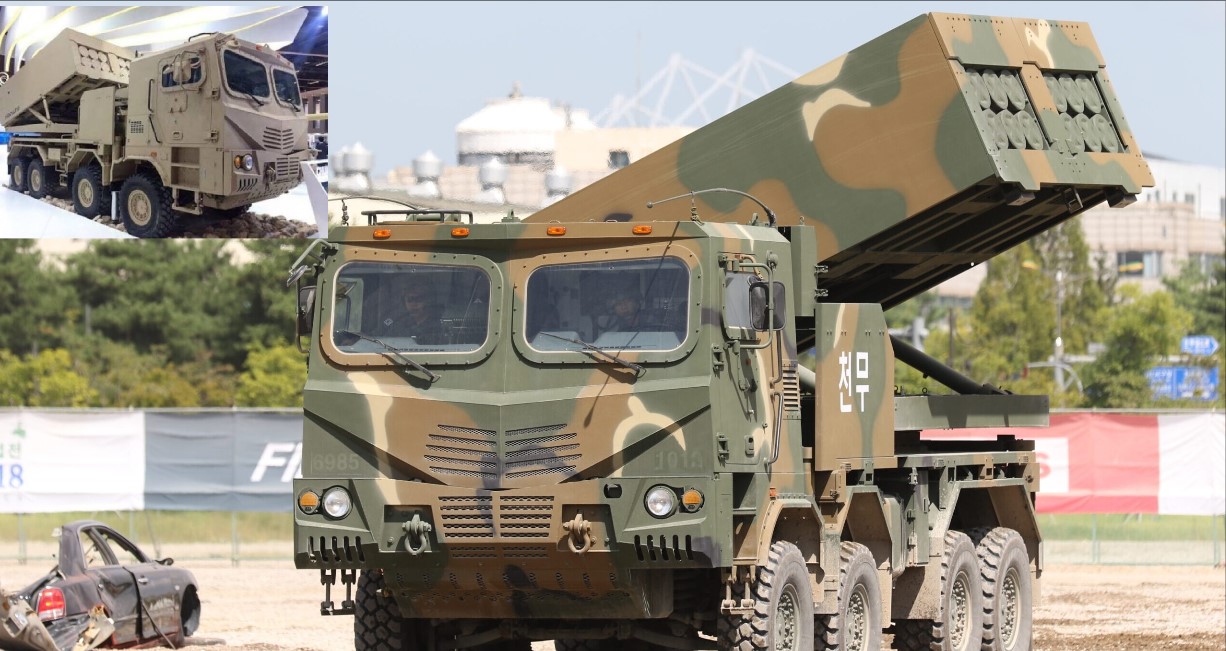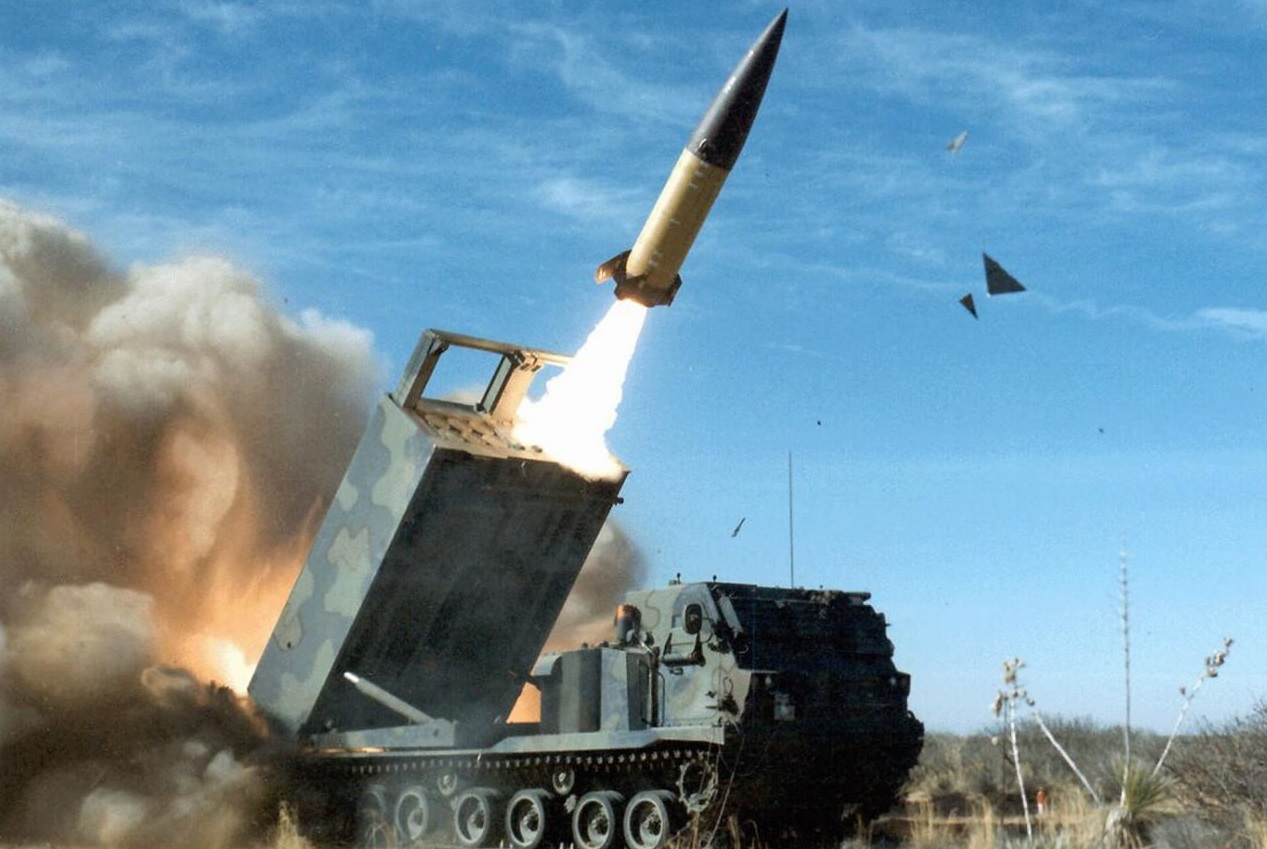ISRO Launches India's First Analog Space Mission in Leh: Paving the Way for Human Spaceflight Beyond Earth

In a groundbreaking stride towards preparing for future human space exploration, the Indian Space Research Organization (ISRO) has launched India's first analog space mission in Leh, Ladakh. This unique mission, set in the challenging terrain of the high-altitude desert, aims to simulate life in an interplanetary environment and to study the difficulties astronauts might face when living in extraterrestrial conditions. This simulation offers an essential step for ISRO as it aims to expand India’s reach in space exploration with missions to the Moon, Mars, and potentially further.
Simulating Extraterrestrial Life with Hab-1
Central to this mission is a compact, inflatable habitat known as Hab-1, designed to mimic the structure and atmosphere of a space station beyond Earth. Hab-1 is built to be self-sustaining, equipped with key resources necessary for long-term survival in a space environment. The habitat includes a hydroponics farm, where fresh produce can be grown without soil, ensuring a continuous supply of nutrients. Alongside the farm, the habitat houses a kitchen and advanced sanitation facilities, creating a closed-loop ecosystem similar to what would be essential in an off-world habitat.
This environment enables researchers to examine and refine the technological, logistical, and psychological elements critical for a space base far from Earth. Such insights are indispensable as ISRO gears up for long-duration missions under India’s ambitious Space Vision 2047, which includes the establishment of a Bharatiya Antariksha Station (BAS) by 2035 and plans for an Indian astronaut on the Moon by 2040.
Why Ladakh? Mimicking Mars and the Moon
Ladakh’s cold, arid climate, high altitude, and unique geological formations closely resemble the landscapes of Mars and the Moon. These conditions make Leh an ideal site for this analog mission, providing an Earth-based yet realistic testing ground for the interplanetary mission simulation. The location’s remote and extreme environment enables scientists to assess how equipment, habitats, and humans function under isolated and confined conditions.
Throughout the mission, researchers will study a range of factors including power generation, mobility solutions, communication networks, and storage capabilities. This is critical for ISRO as the team tests various robotic equipment, vehicles, and essential infrastructure, all of which are necessary for supporting astronauts in an interplanetary habitat.
Human Health and Psychological Insights
An essential part of this mission is to observe how isolation and confinement impact human health and behavior. Extended stays in space pose a unique set of physical and psychological challenges, from muscle and bone density loss to mental stress caused by solitude. By creating these conditions in Hab-1, researchers can closely monitor how participants respond, thereby improving future mission protocols and support systems to ensure astronauts’ well-being during long-term space expeditions.
A Collaborative Effort for India's Space Future
This mission is a collaborative project led by ISRO’s Human Spaceflight Centre in partnership with AAKA Space Studio, the University of Ladakh, IIT Bombay, and with support from the Ladakh Autonomous Hill Development Council. The multi-organization effort exemplifies the inter-disciplinary approach needed for space exploration, bringing together experts from fields like engineering, biology, and psychology to prepare for the diverse requirements of human space missions.
Advancing Space Exploration Technology and Knowledge
India’s analog space mission marks an important chapter in preparing for human-robotic exploration. The findings from this mission will help ISRO assess the strengths, limitations, and feasibility of planned exploration systems, while also driving innovations in sustainable energy sources, resource storage, and other critical infrastructure required for human survival beyond Earth. The mission’s success could enhance ISRO’s role in international space exploration, opening new avenues for collaboration and technology sharing.
As ISRO moves forward with the Space Vision 2047 roadmap, the success of this analog mission is a promising step toward achieving self-reliant human space exploration capabilities.


